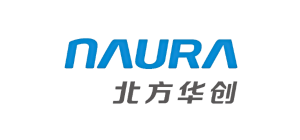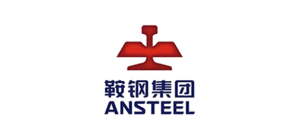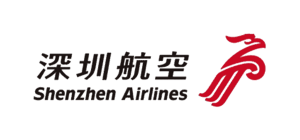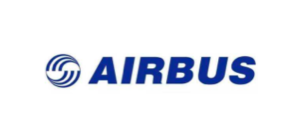Industry Encyclopedia>RPA Office Automation
RPA Office Automation
2024-05-23 09:22:57
RPA (Robotic Process Automation) is a technology applied to office automation that allows software robots to automate a large number of repetitive, rule-based tasks, greatly improving productivity and accuracy.
The core of RPA is the use of software robots to simulate the operations that humans perform on computers, such as mouse clicks, keyboard input, data copy and paste.
The main applications of RPA in office automation include: Data entry and processing: For tasks that require manual input of large amounts of data, RPA can automatically capture data from various sources (such as email, databases, files, etc) and enter it into a specified system.
Report generation: RPA can automatically collect data and generate reports without human intervention.
Mail processing: Automatic processing of email, such as automatic reply, forwarding, sorting and archiving.
File operation: Automatically open, save, move, and rename files.
Cross-system interaction: Automatic transfer of data and execution of tasks between multiple systems, such as taking data from a CRM system and entering it into an ERP system.
Scheduled tasks: RPA robots can automate tasks such as daily, weekly or monthly report generation on a predetermined schedule.
Monitoring and Alerting: Monitor the status of a specific system or process and alert relevant personnel in case of problems.
Customer service: In the field of customer service, RPA can be used to automatically respond to customer inquiries, handle complaints, etc The advantage of RPA is that IT does not require a large-scale transformation or integration of existing IT systems to automate.
In addition, the implementation cycle of RPA is relatively short, and results can be seen quickly.
However, RPA also has its limitations, and it is mainly suitable for tasks with high repeatability and well-defined rules.
For complex, unstructured tasks, RPA may not be the best choice.
Overall, RPA is an important technology in the field of office automation that can significantly improve work efficiency and quality, reduce labor costs, and give employees more time to focus on more valuable work.
The core of RPA is the use of software robots to simulate the operations that humans perform on computers, such as mouse clicks, keyboard input, data copy and paste.
The main applications of RPA in office automation include: Data entry and processing: For tasks that require manual input of large amounts of data, RPA can automatically capture data from various sources (such as email, databases, files, etc) and enter it into a specified system.
Report generation: RPA can automatically collect data and generate reports without human intervention.
Mail processing: Automatic processing of email, such as automatic reply, forwarding, sorting and archiving.
File operation: Automatically open, save, move, and rename files.
Cross-system interaction: Automatic transfer of data and execution of tasks between multiple systems, such as taking data from a CRM system and entering it into an ERP system.
Scheduled tasks: RPA robots can automate tasks such as daily, weekly or monthly report generation on a predetermined schedule.
Monitoring and Alerting: Monitor the status of a specific system or process and alert relevant personnel in case of problems.
Customer service: In the field of customer service, RPA can be used to automatically respond to customer inquiries, handle complaints, etc The advantage of RPA is that IT does not require a large-scale transformation or integration of existing IT systems to automate.
In addition, the implementation cycle of RPA is relatively short, and results can be seen quickly.
However, RPA also has its limitations, and it is mainly suitable for tasks with high repeatability and well-defined rules.
For complex, unstructured tasks, RPA may not be the best choice.
Overall, RPA is an important technology in the field of office automation that can significantly improve work efficiency and quality, reduce labor costs, and give employees more time to focus on more valuable work.
























